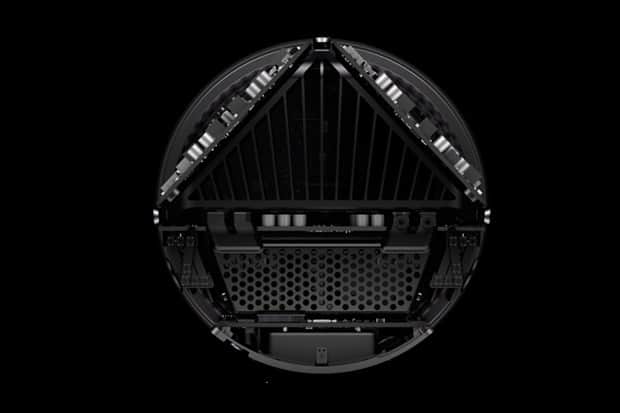One of the most important, yet least understood/most under appreciated, aspect of the development process is product architecture. ‘What is it?’ ‘How will it benefit my product?’ ‘Architecture? I thought you guys were designers and engineers?’. To answer the first part as if this were a wiki site, product architecture is ”the way(s) in which functional elements of a product or system are assigned to its constituent sections or subsystems, and of the way(s) in which they interact’. Didn’t help did it?
In simpler terms, product architecture is the investigation of how various components in a product are laid out and work with each other. It serves to influence everything from design, to engineering, to manufacturing and user interaction of the product. Can you develop a product without great architecture? Sure. Can you deliver class-leading, well designed/engineered products without great architecture? We don’t think so. We firmly believe that our strengths in product architecture help our clients bring true innovation to their product and force them to the front of their market segment.Some people love Apple products for their user interface and software. Some people love their design. We are smitten by their architecture. Verbose platitudes such as ‘ground breaking’, ‘truly innovative’ and other marketing buzzwords are often used to describe their products. However, their greatest strength is not asking ‘how do we make this more beautiful’ or ‘how do we make this cheaper to make’, but very simply, ‘Why?’. A great example is the new Mac Pro. They could have taken the existing Mac Pro, redesigned it and would still make more money than they know what to with. It’s the ‘Why?’ that lead to some pretty fantastic architecture. They looked at what has basically been the same form factor for PC’s for 3 decades now (hard drives here, motherboard there, power supply up here, graphics card down there), and said ‘Why does it have to be that way?’ The triangular layout of the motherboard and graphics cards around a central core, that serves as both mounting points and thermal management, lead to the clean cylindrical case design they recently unveiled.

We’ve seen how product architecture influences design, how design influences architecture and why we hate the reply ‘Well, everyone else is doing it that way’. We won’t say that we’ll design your product to look like it came from Apple (that’s too derivative), but we will say that a concerted effort in understanding and defining the product architecture will have a dramatic affect on the design and engineering and will take it beyond even what any of us could have initially imagined.

